Underfloor heating is one of the modern methods used to maintain the thermal comfort of the home. As one of the newest heating solutions, it has been among the choices of consumers in recent times when deciding to build or renovate a home. The increased interest is due to the multiple benefits heating has on the home, family and savings. This can be electric or thermal, as follows:
– electric heating – the electric system is in the form of a carpet with loose, flexible wires that make it easy to cut and size correctly to cover all surfaces in the home, regardless of room configuration. The installation of heating mats is also quicker and cheaper. However, from the construction stage of a house, you should consider installing a robust, high-powered electrical system that will support the family’s entire electricity needs. Also, in the case of flats in blocks built many years ago, fitting electric underfloor heating may be impossible due to the low-power electricity system.
– Thermal agent heating – this type of heating is more economical because the thermal agent (water) requires a lower temperature for heating (around 50°C), compared to a conventional system which requires heating to at least 60°C. Also, thanks to the tubes mounted under the screed and therefore the floor, the heat is transmitted evenly, spreading evenly throughout the home.
In the case of underfloor heating, you will need to consider several aspects, such as preparing the surface for the installation of the installation (it must be clean and smooth) and delimiting the heated areas from those that will not benefit from heating – if you have areas in rooms covered by fixed pieces of furniture (without legs, such as the dressing room or pieces of furniture in the kitchen) you can talk to the team of specialists to bypass those portions to avoid overheating. Various elements may be included during the installation of a floor heating system, such as insulation layers, installation boxes, distributors, fittings, pipes, tubes, metal mesh, concrete screed or perimeter tape. You also have the option of automating the installed system, so you can enjoy underfloor heating at maximum capacity at minimum cost. For this, Homplex comes to your aid and offers you a series of products dedicated to underfloor heating, such as:
– electro-thermal actuators (also known as servomotors) that screw onto the end of the distributors. Following a command from a temperature control unit, they close or open the heating circuits. Depending on the thread size your distributor has, you can opt for DG66 (M28 x 1.5 connector) or DG92 (M30 x 1.5 connector);
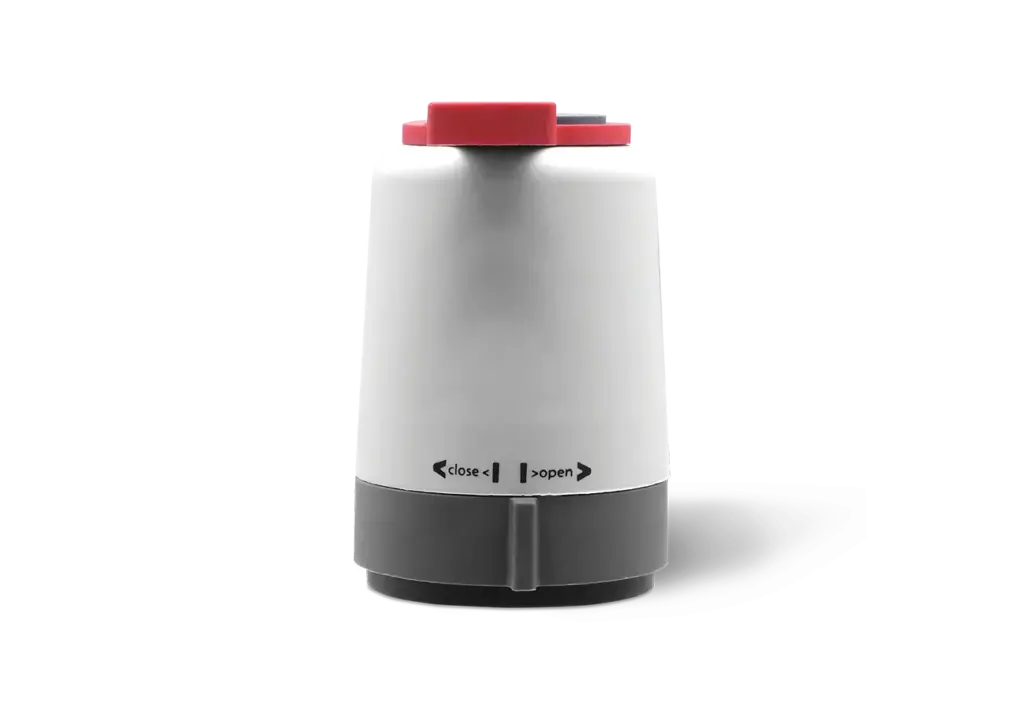
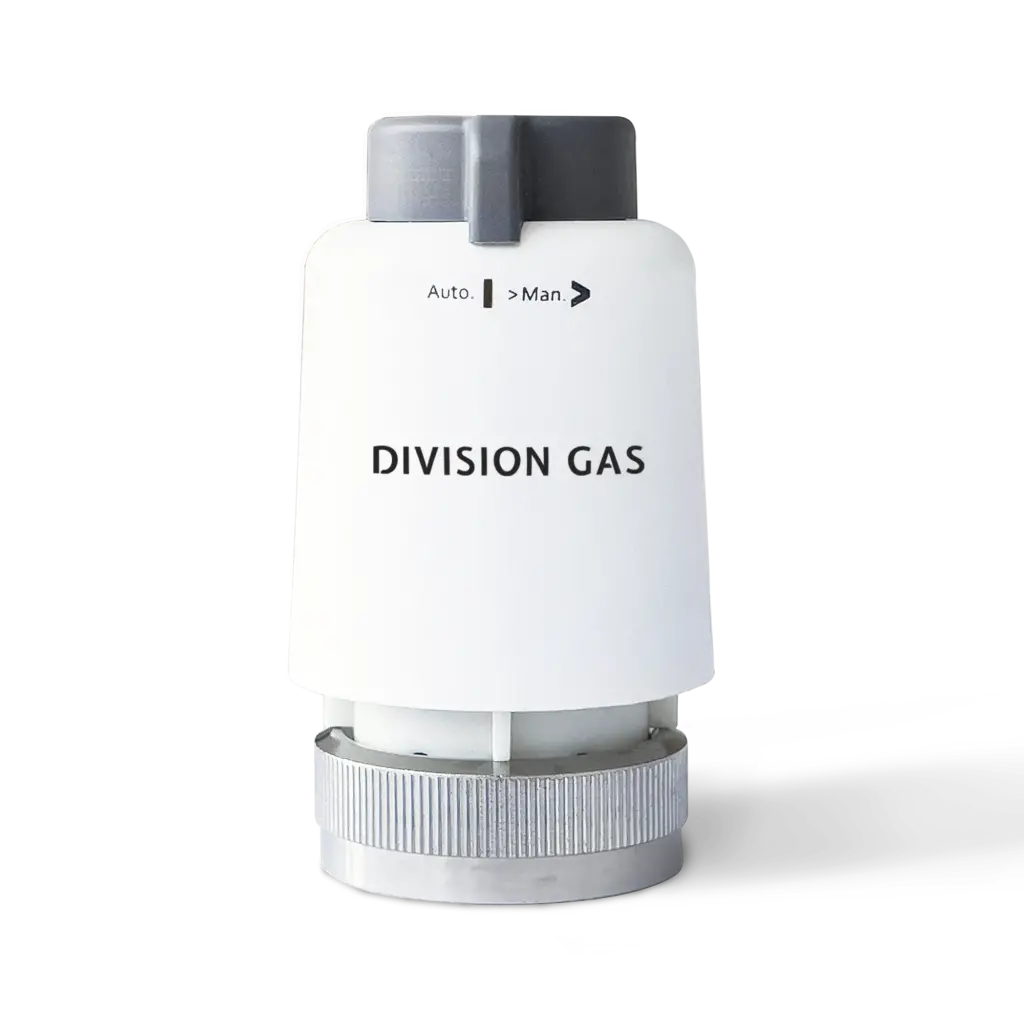
– floor heating compatible thermostats that control and maintain the temperature of the home so that heat and energy consumed is not wasted. Today, thanks to the programming functions that the thermostats in the Homplex portfolio have, you can organise an efficient heating programme for your home to help you maximise your monthly savings. For example, the DG803 offers the ability to set a different schedule for each day of the week, using 4 or 6 programming intervals per day (and by default, 4 or 6 ambient temperatures maintained per day, depending on the time interval set). In addition to programming, the thermostat is capable of activating frost protection or displaying the temperature in the home and the temperature set by the user at the same time;
– central units (wireless or cordless – SCU209DE and wired – SCU209I) which allow you to control multiple zones simultaneously via thermostats mounted in rooms in your home. For example, the SCU209i central unit can control up to eight zones with eight wired thermostats connected to it (one model compatible with the unit is the DG803 thermostat shown above).

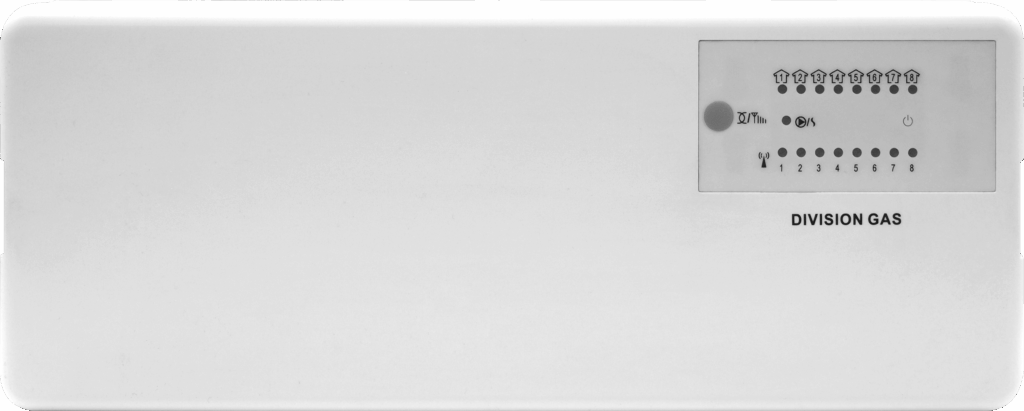
The benefits of using underfloor heating are numerous, but the most important ones are the space saved (decisions on room furnishing and space use are no longer influenced by radiators or radiators – so the space left free can be used as desired), the monthly savings due to uniform heating of the home (heat stratification is prevented, because the system heats the floor evenly and simultaneously, compared to radiators and heaters which first heat the air around them, so there are cooler places in the room) and positive effects on the body (the system does not cause allergies, because the air circulation is not continuous, so no dust or odours are spread; Also, the heat is not emitted through vents or ducts that facilitate the build-up of bacteria and dust over time) and last but not least, the thermal comfort that is maintained whether the floor is covered with stone, carpet, tiles, parquet or concrete.
Even though underfloor heating is a new solution for the residential environment, the extended lifetime (over 50 years), the reduced risk of technical issues arising during use and the benefits of using the system should be taken into account when choosing a robust and efficient heating system for your home.















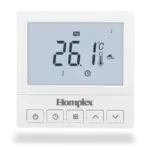


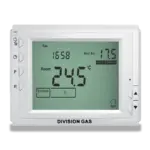







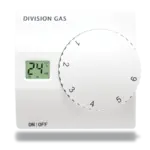

















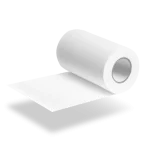
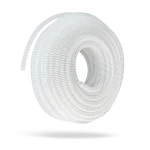
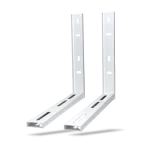

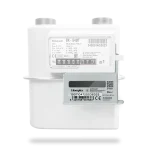
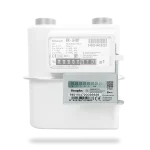

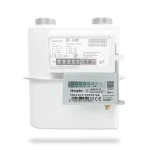














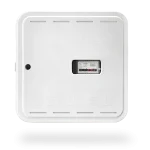













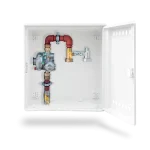
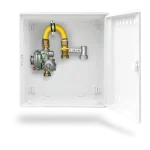
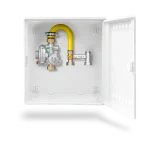
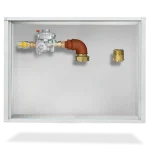
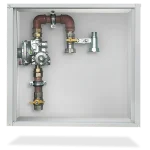
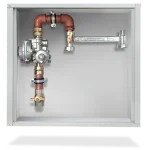




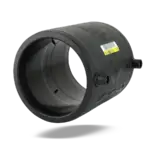














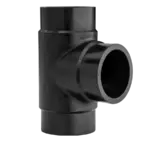













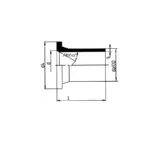




































































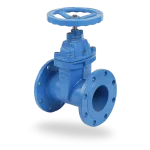
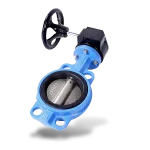
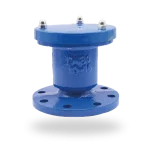
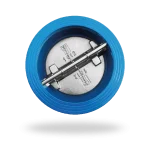
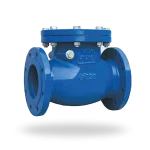
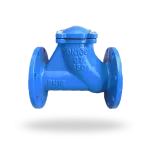
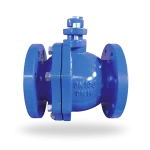


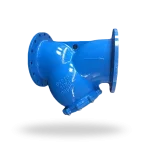
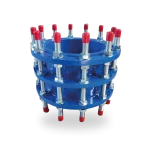


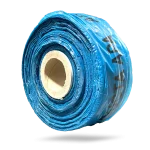

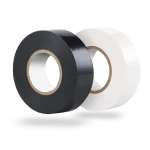
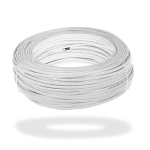
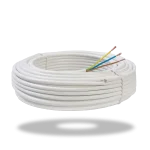
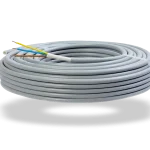
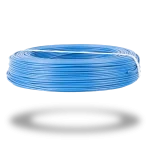
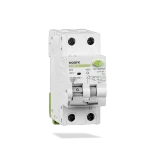
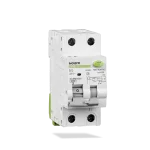
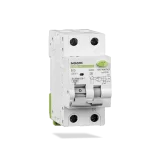
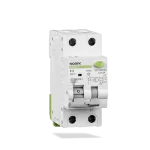
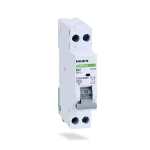


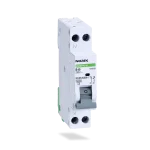
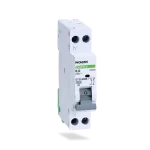
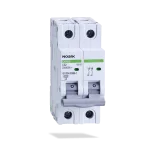
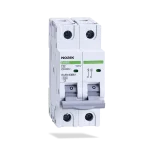








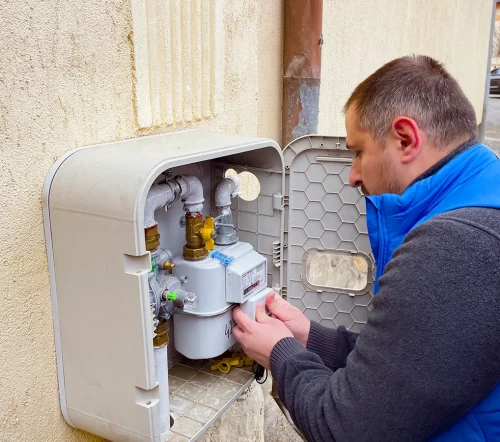
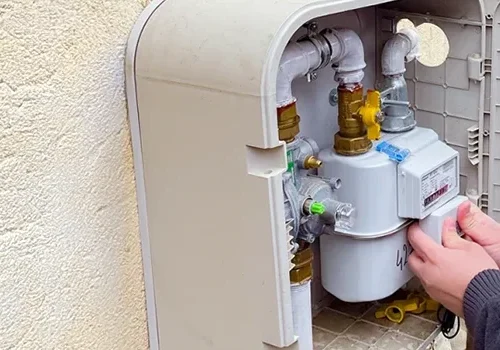

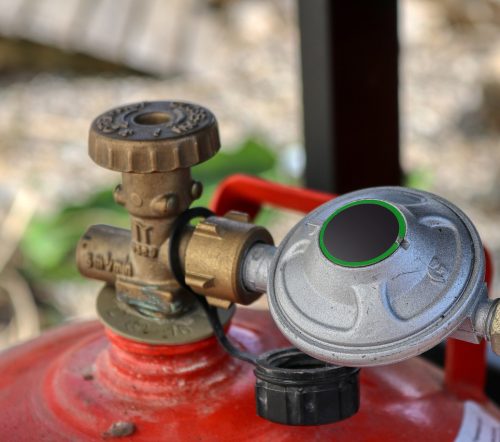
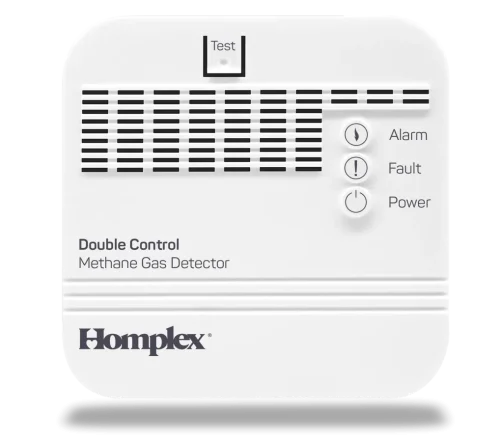



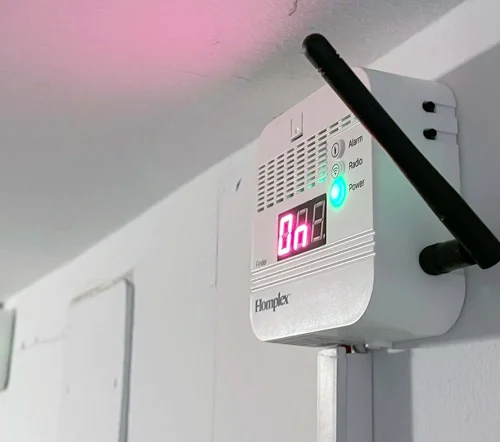










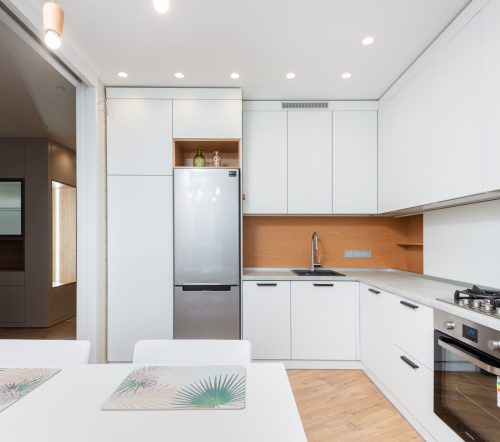

No Comments yet!